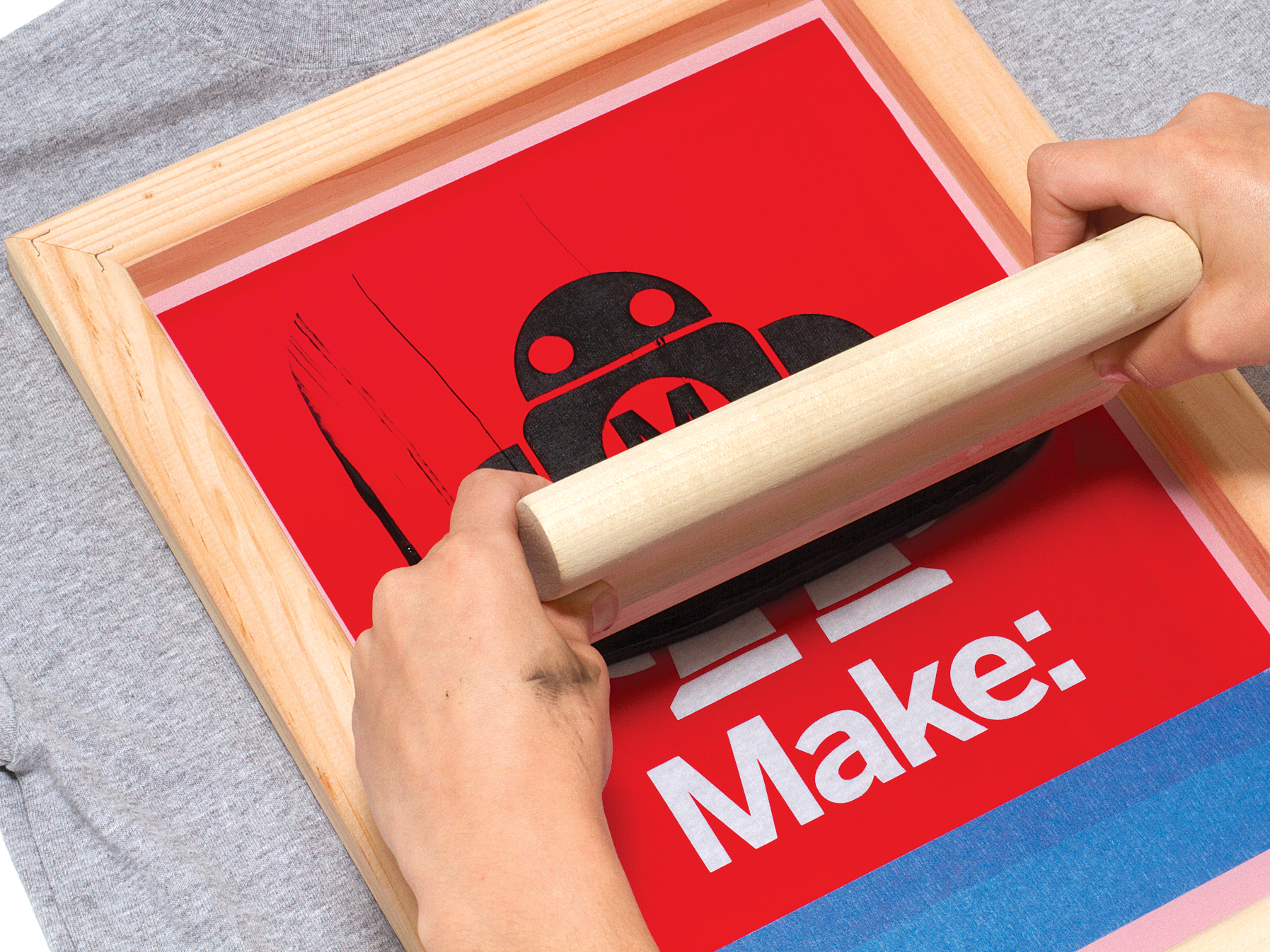Choose a picture. The image you choose should have reasonably high contrast. I picked this image from my Flickr account: it’s from a Neil Young concert. It’s best to work with a simpler image initially; after you get some experience, you can work with more complex compositions.
Get GIMP. If your image is overly cluttered, or doesn’t have high contrast, you’ll need to do extra editing work. I use GIMP software for image editing; download it for free from gimp.org. The program is pretty powerful, and you’ll only need to use a few of its tools.
Crop the photo. Put a selection box around just the parts of the picture you want. Then go to the Image menu, and choose Crop to Selection. The parts of the image outside the box will be discarded.
Adjust the contrast. The best way to do this step is with the Threshold tool. This tool will convert a color image to black and white, and give you sliders to control the dark (contrast) and light (brightness) in one dialog box. Push the image with the Threshold tool until it’s made up of only strong black and strong white shapes, removing all the little bits you can. Then clean up the image as needed with the eraser or paintbrush tools. You want as much of the image as possible to be made of good-sized shapes. If there are too many little “crumbs” then you’ll have extra work in the weeding process.



